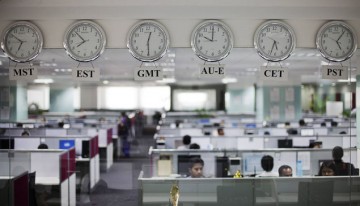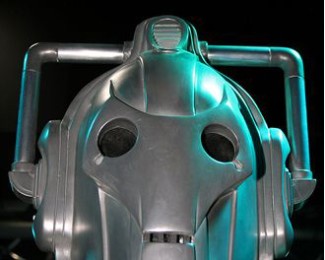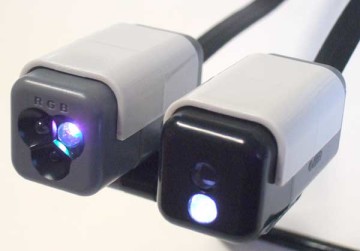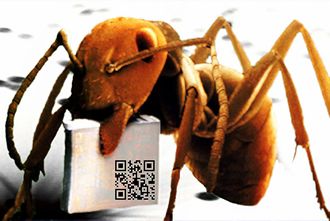 E-mobility, autonomous vehicle technology, and other digitisation advancements are creating new and exciting opportunities in the automotive industry, according to the beancounters at Frost & Sullivan.
E-mobility, autonomous vehicle technology, and other digitisation advancements are creating new and exciting opportunities in the automotive industry, according to the beancounters at Frost & Sullivan.
In a report with the catchy title 2017 Global Automotive Industry Outlook, Frost & Sullivan claimed that by the end of 2017, global light vehicle sales are expected to cross 93 million units.
Slight growth in North America and significant growth in Eastern European markets like Russia and Ukraine will offset the slowdown in the China and Japan markets.
Big data and digitisation will increase revenue and customer penetration while marketplaces and tyre eRetailers will challenge original equipment manufacturers (OEMs) and traditional retailers.
Increasing competition will also step up investment from volume OEMs in mobility services to move towards a car-as-a-service model.
Frost & Sullivan Mobility Industry Principal Shwetha Surender said that digitisation will underpin automotive industry strategies, with OEMs establishing digital divisions and investing in developing Internet of Things (IoT) platforms that support connective living “solutions”.
“The growing digital ecosystem between automotive OEMs, software integrators, telecoms, and other companies will also bring new areas of competition, with revenue expected to grow to $1.3 trillion in 2030 from electrification, smart mobility, connected cars, and autonomous vehicle development, among others.”
He claimed that growth opportunities in the global automotive market will include mergers and acquisitions, especially in the startup space, to accelerate introduction of new technologies in to the market
He predicted that OEM business models will be introduced to fresh revenue streams such as mobility and fintech
• Partnerships between automotive companies to bring about much needed synergies that accelerate development and reduce costs
• Growth of shared mobility options to tackle urban congestion and environmental pollution; the future may see OEMs partnering with cities on transportation solutions
• Strong advances in autonomous, electric and connected cars in North America, especially the USA
• Recovering sales in Russia, Ukraine, Spain and Poland
• Focus on China’s aftermarket as new car profit margins reduce in the mature market
• Developments in voice recognition; focus areas include voice biometrics, real-time translation, artificial intelligence-enabled virtual assistants, deep speech and vision analytics
• Health, wellness, and well-being (HWW) platforms that integrate consumer health devices with the vehicle
The used car market is exected to be 2.5 times the size of the new car market in North America and 2.7 times the size in Europe by 2022.
Booming vehicle sales in all ASEAN countries with demand for crossovers and entry-level vehicles.
“As digitalisation increases in the industry, data security is vital,” notes Surender. “Companies will have to ensure strict compliance and fortified measures to prevent hacking. Cybersecurity adds to the overall security of the car, improves the brand image of an OEM, and allows more innovation, especially on the vehicle automation side.”
 The device-to-person ratio will exceed 20 to one by 2030 as the world enters the era of hyperconnectivity and catapults organisations’ digital transformation according to a new report.
The device-to-person ratio will exceed 20 to one by 2030 as the world enters the era of hyperconnectivity and catapults organisations’ digital transformation according to a new report.

















